A Beginner's Guide to Yarn Weights

Are you looking to crochet a thick, cushy cardigan? Or maybe knit a light, breezy wrap to throw on in the summer? In either case, the weight of the yarn you choose will determine a lot about the project’s outcome.
Yarns are described by their thickness - or the weight of their thread - and while there are no hard and fast rules for what constitutes a given category, the Craft Yarn Council has identified some guidelines to help provide a standardized system. This is far from a perfect science because each individual yarn is unique, but gives a good frame of reference across the board for yarn companies, designers and end users alike.

There are eight categories of weight, and we’ve got a brief overview of each below. We start at the thin end of the spectrum and work up to the thickest yarns. We’ve tried to use common terms, but many categories have alternate names or labels that we’ve included at the end. Depending on the yarn you use most often, the region it comes from, or your own personal preference, you may be more familiar with one of these alternatives.
- Lace - The thinnest yarn weight category, lace weight yarns are often used to create - you guessed it! - lace patterns! These yarns are often knit on larger needles to create an open, delicate fabric, but can also be held with other yarns for strength, texture (think mohair!) or additional weight.
- Fingering - Fingering weight yarns are often associated with socks, but you’ll find baby projects and adult garments that call for this weight as well. The light weight of these yarns creates a beautiful drape for sweaters and shawls, while a tighter gauge will make an excellent handmade sock!
- Sport - Slightly thicker than fingering weight, sport weight yarns are another popular option for baby garments and blankets. It will also make extra squishy socks, and is another great option for indoor/outdoor garments that still have some drape or movement to the fabric.
- DK - DK - which stands for double knitting - is probably the most popular and versatile yarn weight. It is a common weight for a wide variety of fibers, and can be knit or crochet into any number of different projects! Thick enough for some structure without being too stiff, you’ll find great sweaters, scarves, hats, mittens, toys, décor and more!
- Worsted - Just a bit heavier than DK yarns are the worsted weight products. Worsted is also known as “afghan” weight which is fitting given it makes a beautiful afghan blanket or throw! It is a popular weight for heavier sweaters and hats and typically makes an great choice for textured pieces!
- Bulky - also referred to as “chunky” which just sounds mean, doesn’t it? - are ideal for home furnishing products like rugs and baskets. There are also a plethora of patterns for quick-to-craft hats, cowls, slippers, shawls and even some deliciously cozy sweaters.
- Super Bulky - A thicker version of the bulky yarns, you’re going to find a similar array of patterns for super bulky yarns. You’ll also begin to see roving yarns - used by spinners - in the super bulky category.
- Jumbo - Jumbo yarns are the “newest” category of yarn and have gained significant popularity with the rising art of arm knitting. You may also see people using massive hooks and needles - think broom handles and larger! - to craft oversized throws, ottoman style poofs, pillows and pet beds. These are fun yarns for the adventurous crafter and those who appreciate instant gratification projects!
Do you find yourself using the same weight of yarn on a regular basis? Is there a weight of yarn you’ve never used before? Do the words “fingering weight” turn you off of a pattern? Share your comments below and let’s compare notes!
Sources:
- Craft Yarn Council
- The Weaving Loom
Printable Graphic for Download:


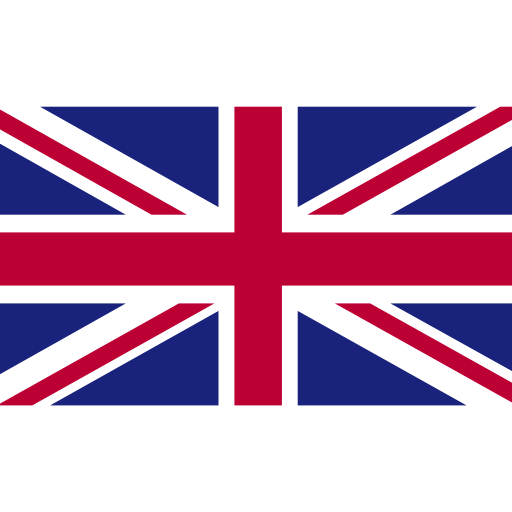

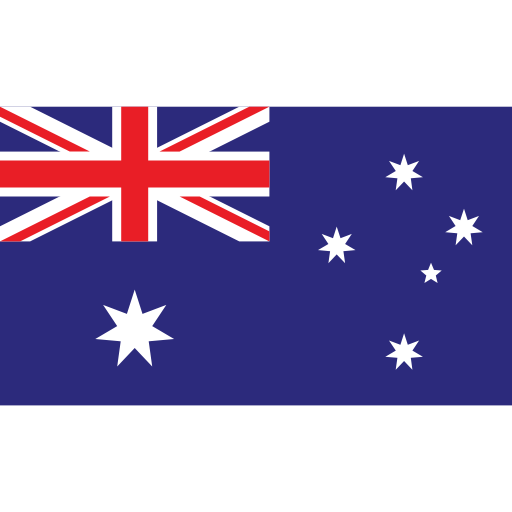

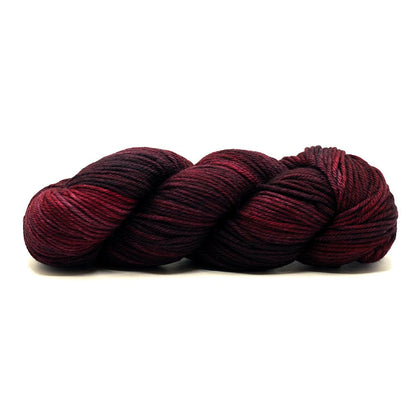
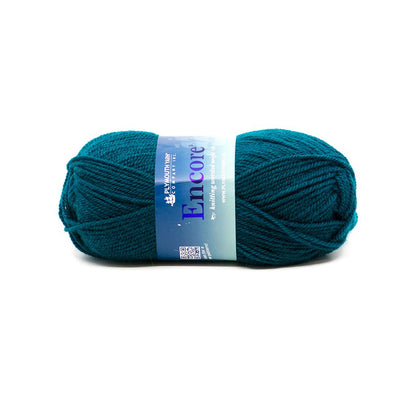




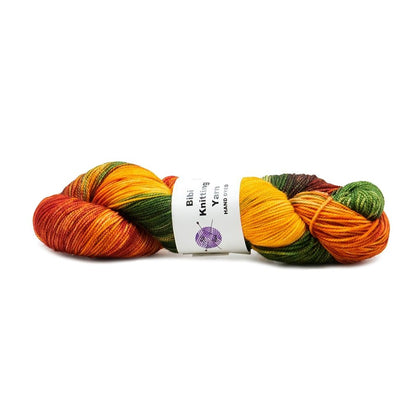
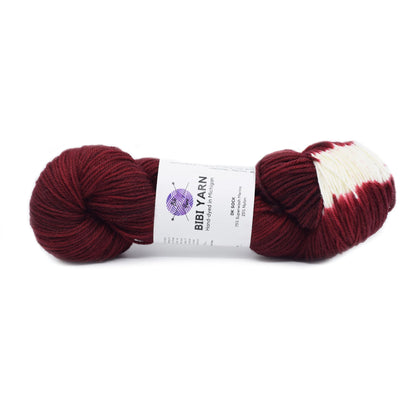
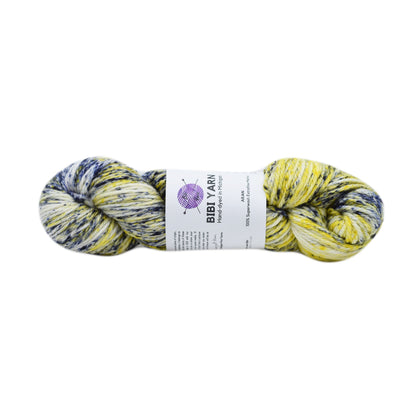




So this is probably a dumb question, but is there a correlation in the type or category of yarn (ie DK weight) and the number listed on the package (#3, #4)?